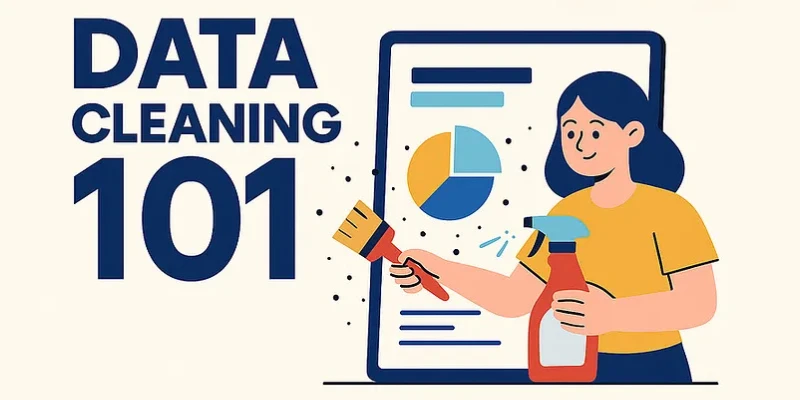
In the world of data science, data is the foundation of every insight, model, and business decision. However, raw data is rarely clean. It’s often messy, incomplete, inconsistent, or filled with errors. This is where data cleaning becomes essential. Despite being time-consuming, it is one of the most critical steps in any data science workflow. If you want to master these vital skills, consider enrolling in a Data Science Course in Hyderabad at FITA Academy, where data cleaning and other essential techniques are taught in depth.
What is Data Cleaning?
Data cleaning, also known as data cleansing or data scrubbing, is the process of identifying and correcting errors or inconsistencies in datasets. This may involve handling missing values, fixing data types, correcting spelling errors, removing duplicates, and standardizing formats. The goal is to ensure that the data is accurate, complete, and reliable for analysis.
For data scientists, clean data is not just a luxury. It’s a requirement for producing valid results, building trustworthy models, and making informed decisions.
Why Does Data Cleaning Matter?
1. Better Model Performance
Machine learning models are sensitive to the quality of data. If a dataset contains noise, missing values, or inconsistent entries, the model’s performance can suffer. That is why a comprehensive Data Science Course in Pune emphasizes the importance of clean data, helping algorithms learn patterns more effectively and produce more accurate predictions.
2. More Reliable Insights
Analytical conclusions drawn from dirty data can lead to wrong interpretations. Inaccurate insights not only affect the project outcome but may also result in poor business decisions. Clean data ensures that your insights are based on facts rather than errors.
3. Efficient Use of Time
While data cleaning may seem tedious, skipping it often leads to wasted time later. Unresolved errors early in the process often become more complex and time-consuming to fix later in the workflow. Investing time upfront in cleaning data saves effort during analysis, modeling, and reporting.
4. Better Collaboration
In team environments, data is shared across analysts, scientists, and stakeholders. Clean and standardized data ensures that everyone is working with the same understanding, reducing miscommunication and improving productivity. That’s why an effective Data Science Course in Mumbai emphasizes the role of data cleaning in enhancing collaboration and ensuring consistency across teams.
Common Data Cleaning Tasks
Although the methods vary depending on the dataset, some common tasks in data cleaning include:
- Filling or removing missing values
- Identifying and correcting outliers
- Converting data into the correct formats
- Removing duplicate entries
- Resolving inconsistencies in text (such as different spellings of the same word)
- Validating data against expected rules or logic
These steps are essential in preparing the dataset for analysis or machine learning. Without them, even the most sophisticated model will be built on an unstable foundation.
A Must-Have Skill for Every Data Scientist
Data cleaning is often underrated, but it’s a fundamental part of a data scientist’s job. While advanced modeling and visualization often steal the spotlight, true value lies in data preparation. Knowing how to clean and prepare data effectively is what separates a beginner from a professional in data science.
Data cleaning may not be the most glamorous part of data science, but it is undeniably one of the most important. Clean data is the backbone of accurate analysis, meaningful insights, and successful projects. Whether you’re working on exploratory data analysis or deploying a machine learning model, remember that everything starts with good data. A quality Data Science Course in Trichy will highlight this foundational skill to prepare you for real-world challenges. Also check: Personalized Marketing with Data Science: How It Works